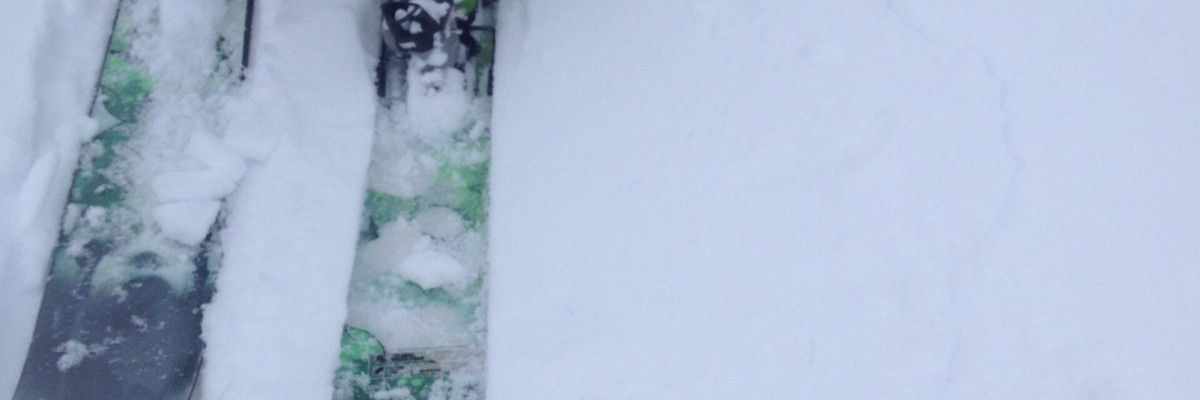Good morning, this is Travis Craft with an early season snowpack update.
In the last 48 hours the advisory area has received significant snowfall. In the northern part of the advisory area the North Fork Jocko snotel received 20 new inches. The southern part of the area received less snow and the Twin Lakes snotel is reporting 10 new inches. The storm system had moderate wind with strong gusts.
The first avalanche problem are wind slabs. These will be located on leeward slopes and will have a hollow or drum like sound to them. There is a lot of snow available for transport, so some of these slabs could be very large.
The second avalanche problem is storm slabs. There is significant loading on the old snow surface or at lower elevations on the ground. Give the new snow some time to adjust to the new load. Signs of instability are shooting cracks, collapse noises in the snow pack and recent avalanche activity.
Today we will have a break in the weather until this afternoon when a new front is expected to move in and bring precipitation and wind. On Sunday a large system is predicted to bring large amounts of precipitation through the advisory area.
Remember it is still early season out there. Put new batteries in your beacons and practice with your riding partners. Please visit our education page to sign up for one of our classes or to attend one of our events. Also, if you are out and about please send us a public observation.
Ride safe and we will update our advisory as needed. Beginning December 15 we will start issuing our regular advisories three times week.
























